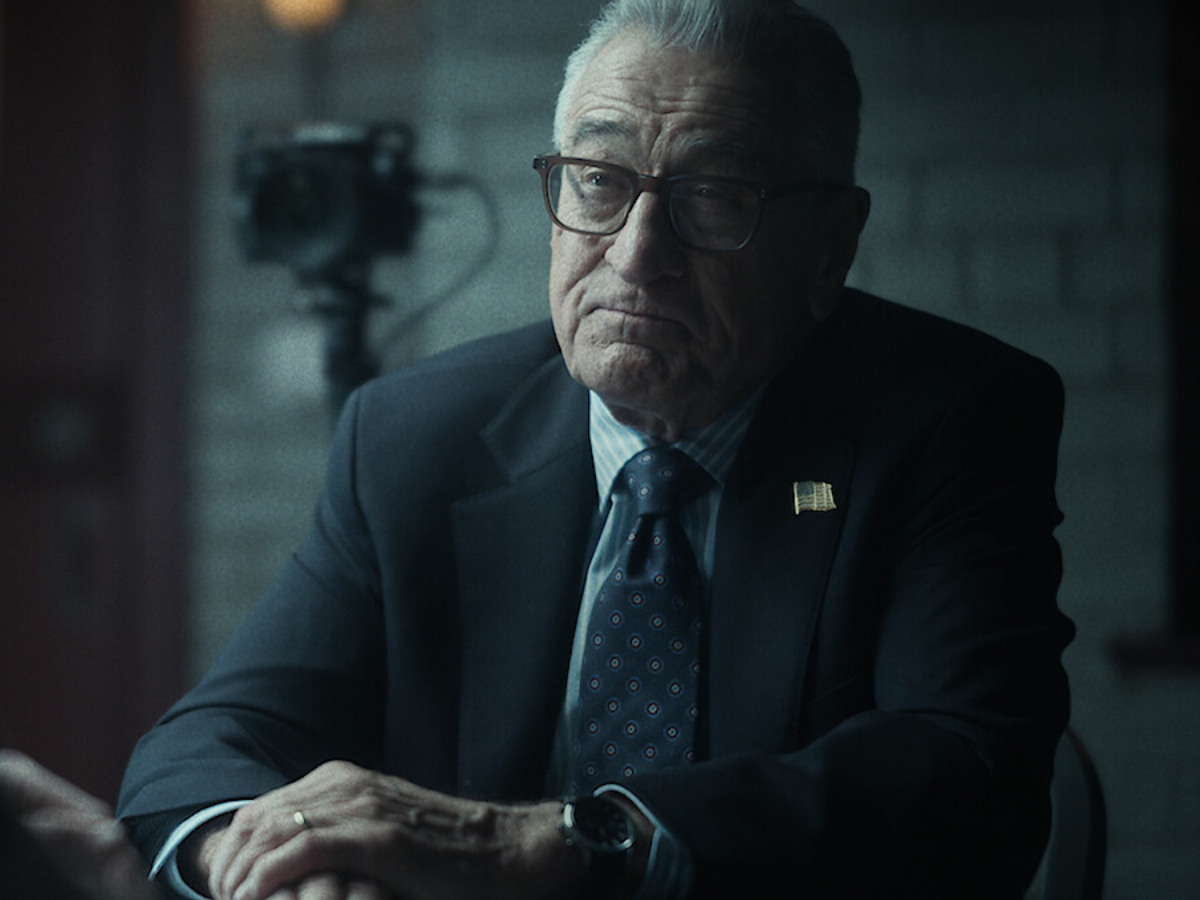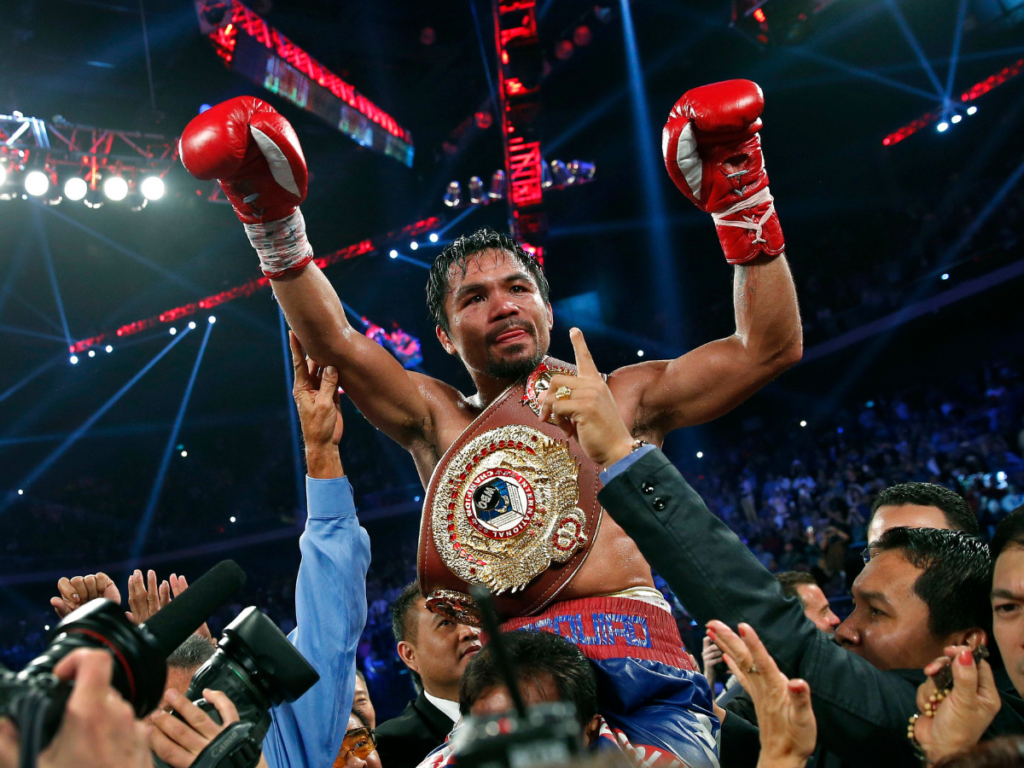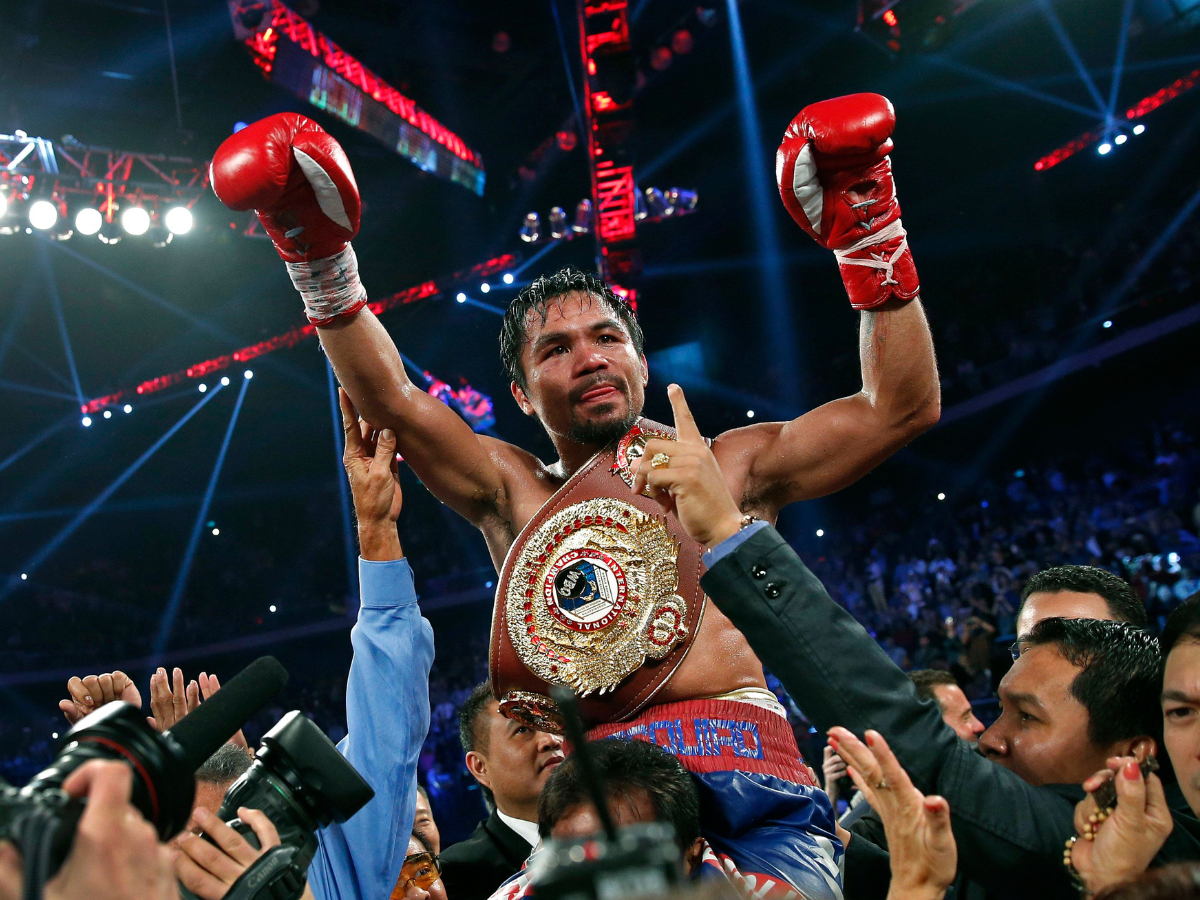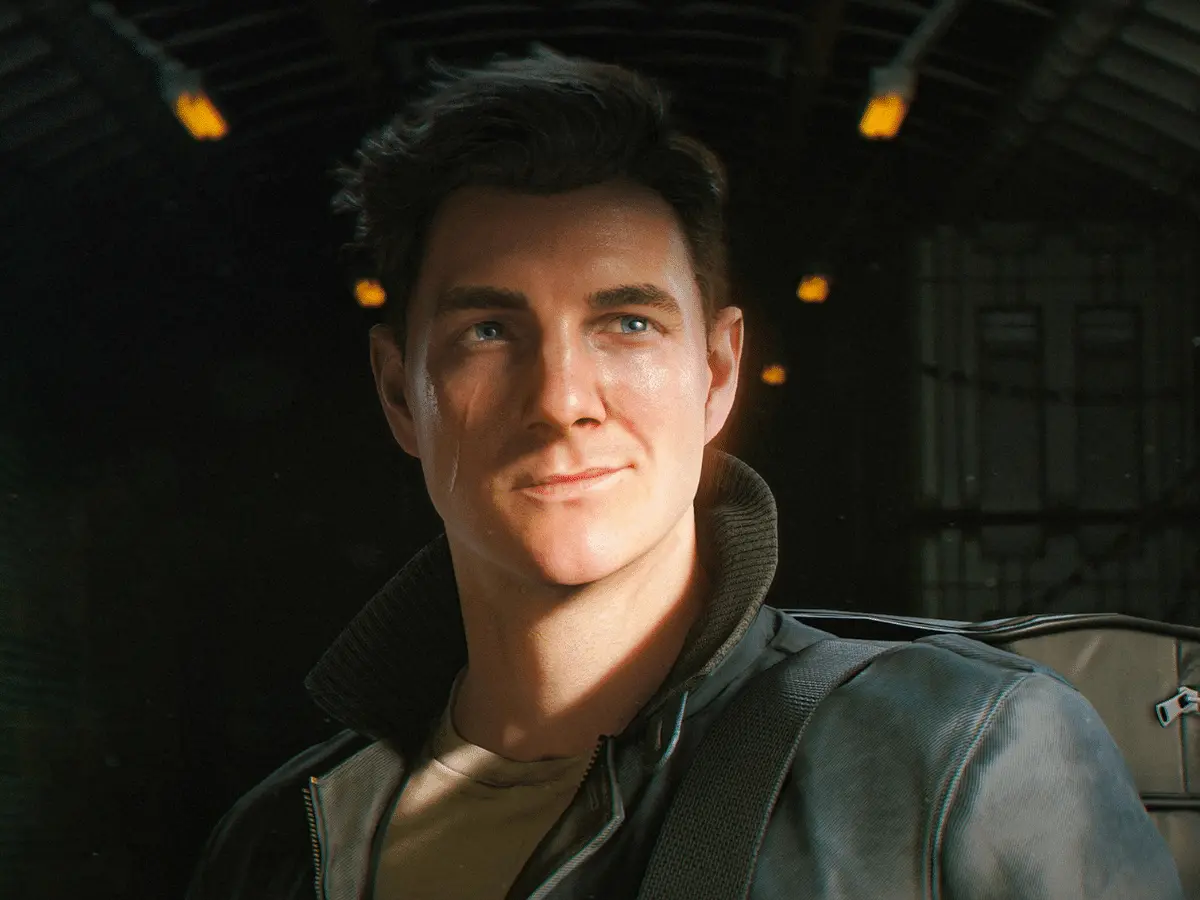If you’ve found yourself captivated by the political thriller Zero Day and are curious about the plausibility of its dramatic events, you’re not alone.
The limited series kicks off with a devastating cyberattack, prompting former US President George Mullen (portrayed by Robert De Niro, who also serves as executive producer) to come out of retirement. His objective is to find those responsible for an attack that caused thousands of deaths and threw the nation into chaos. Created by Eric Newman and Noah Oppenheim, Zero Day—currently streaming on Netflix—depicts a race against time. Mullen must sift through a flood of disinformation that has split the country to uncover the truth, all while political, technological, and financial power brokers vie for control. Meanwhile, Mullen grapples with his personal demons.
The series also features a star-studded cast including Angela Bassett, Jesse Plemons, Lizzy Caplan, Connie Britton, Joan Allen, Matthew Modine, Bill Camp, Dan Stevens, McKinley Belcher III, Gaby Hoffmann, and Clark Gregg.
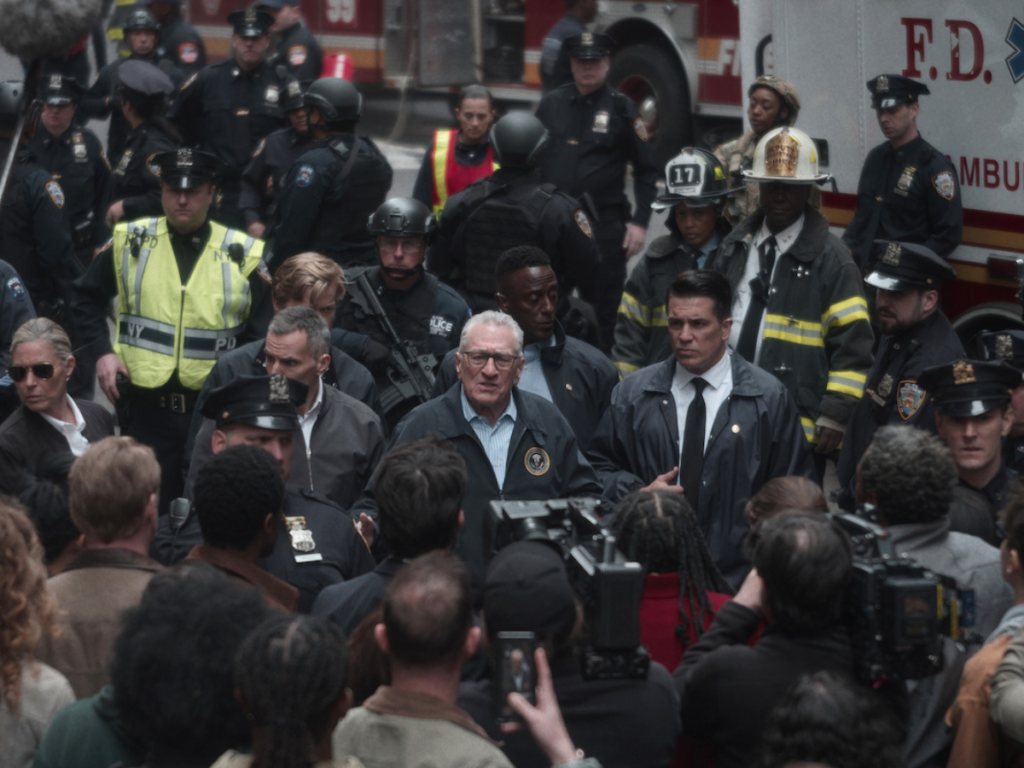
But here’s the question that remains long after the credits roll: what exactly is a “zero-day” attack, and could the nightmare depicted in the show ever happen in real life?
The phrase “zero day” in cybersecurity refers to a critical period of vulnerability. It’s when software is released without any protective patches, leaving it unprotected. Hackers take advantage of this window to attack, often before anyone even notices the weakness.
As co-creator Eric Newman explains, “A zero-day attack happens when a piece of malware is injected or invades a piece of software at a time when it’s defenseless against that attack.” Once a patch is developed, the specific vulnerability is fixed — but by then, the damage may already have occurred. And as quickly as one patch is released, another vulnerability often emerges, creating a relentless game of cat and mouse between hackers and developers.
This endless cycle sets the scene for Zero Day. The show uses the concept not just as a plot device but as a reminder of the invisible battles happening every day behind our screens.
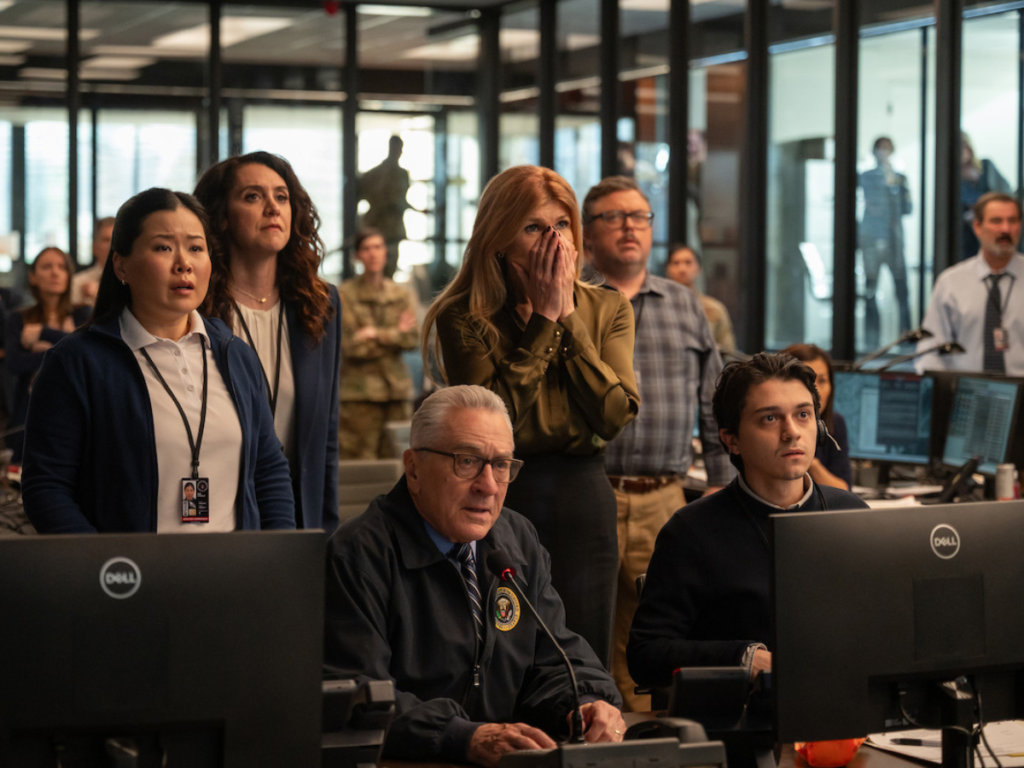
One of the most captivating aspects of Zero Day is how quickly the government reacts after the attack. Within days, Congress creates the “Zero Day Commission” and appoints George Mullen to lead it. A month later, he’s giving testimony before lawmakers. For anyone used to the notoriously slow pace of Washington, this may seem unbelievable.
However, political consultants say the show isn’t too far off. When the stakes are extremely high, governments can, in fact, act quickly. Emergency funding can be approved, commissions can be set up overnight, and leaders can bypass typical bureaucracy when urgency calls for it. “As slow as the federal government can be at times, given the bureaucracy, there are moments where we can be fast and swift,” one consultant noted.
The authenticity extends beyond just the timeline. The production team collaborated with experts to ensure the show’s political details feel genuine — from the hustle of the House Chamber to the accuracy of Oval Office replicas. Even small details, like how the sergeant-at-arms announces officials amidst a crowd of chatter, were recreated with care. It’s the kind of meticulous attention to detail that helps ground a fictional thriller in reality.
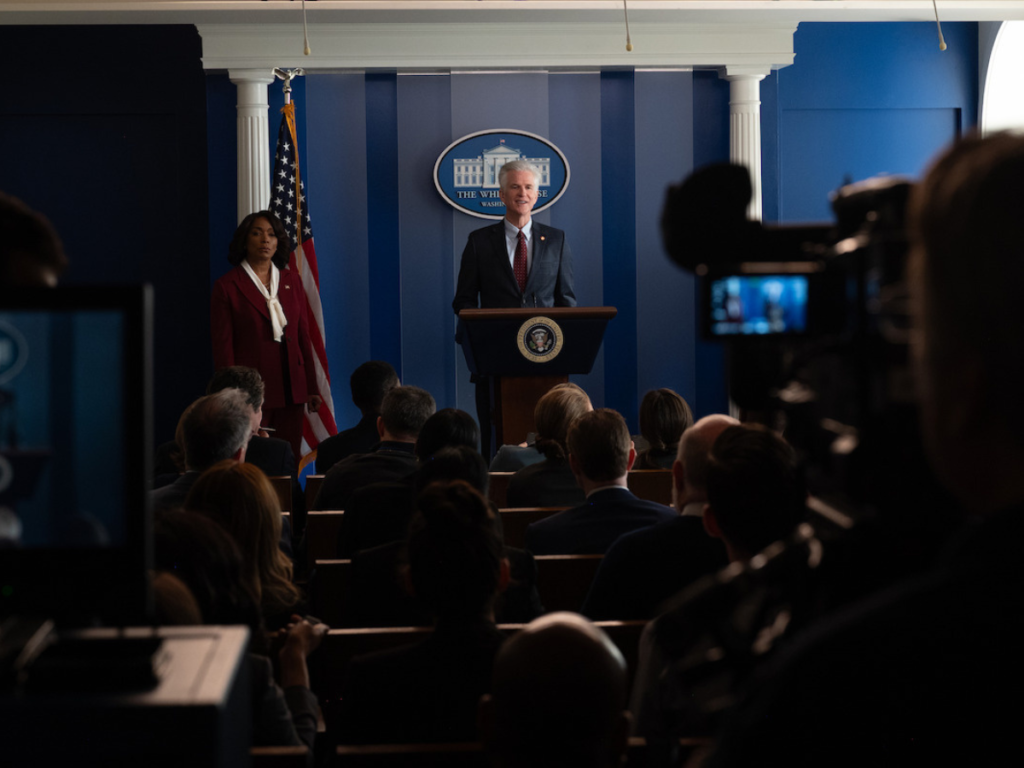
Here’s where things become unsettling. Cybersecurity experts agree that a catastrophic cyberattack on the scale depicted in Zero Day is unlikely — but not impossible.
As expert Clint Watts explains, it’s not just about machines failing or malware spreading by accident. “It’s not just that somebody typed a one instead of a zero; it’s a lot of people organising to execute this in a way that would be devastating. … It’s not just a bunch of machines doing the cyberattack, it’s a bunch of people using machines to do the cyberattack to create this effect.” In other words, the human coordination required makes such an attack more complex — but also more dangerous if it ever did succeed.
Pulitzer Prize-winning journalist Michael S. Schmidt, one of the series’ co-creators, notes that the threat isn’t new. For over a decade, U.S. officials have warned about the potential of a “cyber 9/11” or “cyber Pearl Harbor.” While we’ve seen major hacks that caused significant harm — from attacks on pipelines to breaches of sensitive government data — the truly catastrophic event, the kind that shuts down entire systems and costs countless lives, has yet to occur.
And yet, the warnings continue. “The threat is real, dangerous, and urgent,” political consultant Schultz warns. “It is up to the government, in collaboration with partners in national security, the private sector, and the tech industry, to stay alert because those threats are not going away anytime soon — or at all.”
So, could a zero-day disaster become reality? Unfortunately, yes. While the dire scenario depicted in Zero Day might be dramatized for TV, the vulnerabilities it exposes are very real. Our world is more connected than ever, and as technology advances, so do the risks. Every new innovation presents opportunity — but also new opportunities for those who want to exploit it.
The good news? Governments, cybersecurity experts, and tech companies are constantly working to stay ahead. The bad news? It’s a never-ending battle, and the stakes have never been higher.
Zero Day may be fictional, but its message is clear: the line between digital threats and real-world chaos is thinner than we like to think.
